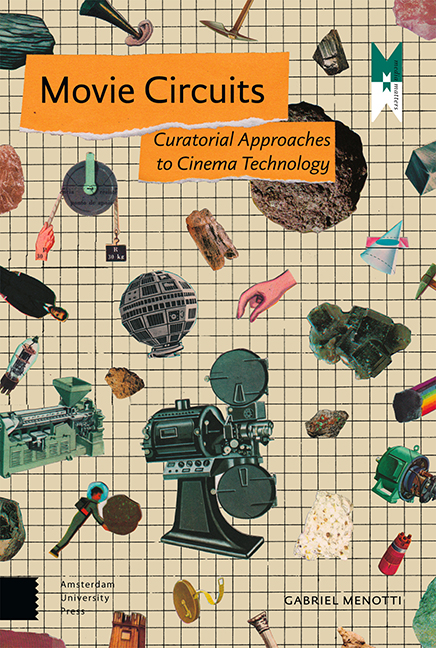5 - Denied Distances
Published online by Cambridge University Press: 21 November 2020
Summary
Abstract
This chapter demonstrates how curatorial interventions may deliberately challenge medial ideology and propose new epistemic formations within the medium. It takes its name – Denied Distances – from a video exhibition that brought together works from different years, formats, and genres, all of which engage with the negative spaces of cinema. These pieces were organized in the screening programme according to their spatial scale of operation, from the thickness of the screen to the density of the circuit. The chapter narrates the making of this event while providing an exegesis of its programme. In doing so, it highlights the way circumstances of production and exhibition delimit the availability of works, displaying the role of material contingencies in the shaping of curatorial discourse.
Keywords: Curatorial discourse, video exhibition, intermedial translation, material contingencies, media technology
We end where we began: in a fairly typical movie theatre. In fact, the exact same one where the audience had briefly stared at a knife all blade without really watching it. This time it is not for a film festival, though, but for another special kind of screening. It is 2009, and the venue is hosting the Mostravídeo project, a monthly series of video programmes proposed by guest curators. I had put together a three-day cycle called Denied Distances, which encompasses audiovisual works pertaining to different genres. Some of them could be called video art, others expanded cinema, and others audiovisual performances. There are even a couple of documentaries thrown in the mix. What these works have in common is the fact that all of them mobilize the negative spaces of cinema in a significant way. The programme has a historical character, but not the corresponding linearity. Instead of following a clear chronological progression, the works are shown in a topological order, going from the most immediate scales of the circuit to the broader ones. Sessions took place once each week.
Denied Distances was designed to be a critical platform within its given circumstances. It was based on the curatorial gamble that certain works, by virtue of their joint presentation, could speak of the configuration of cinema technology and against its conventionality.
- Type
- Chapter
- Information
- Movie CircuitsCuratorial Approaches to Cinema Technology, pp. 133 - 190Publisher: Amsterdam University PressPrint publication year: 2019



